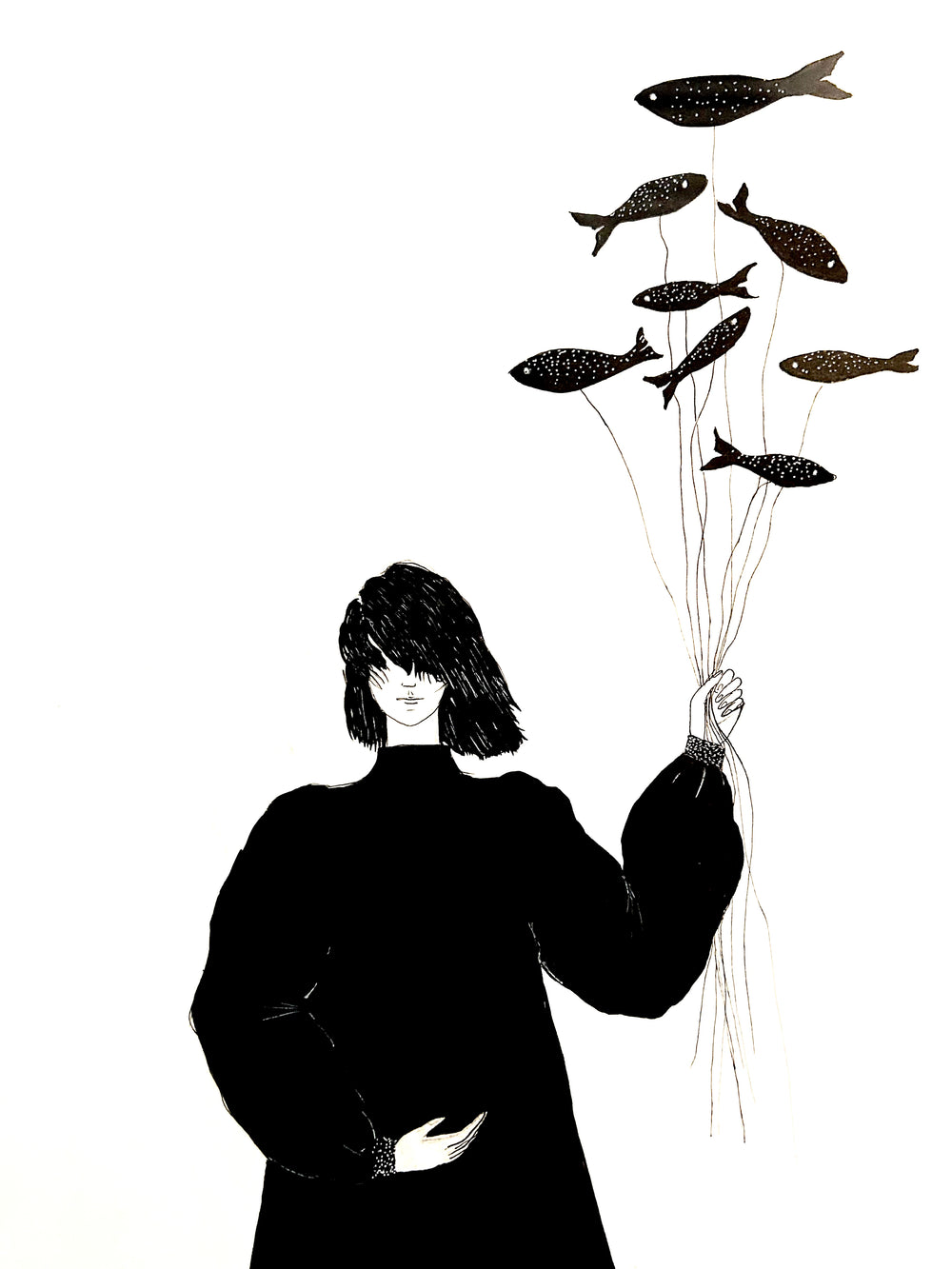Have you ever wondered why celebrities always seem to look flawless, with everything they wear fitting perfectly? Well, it’s not just about self-care; professional styling plays a big role too. And one of the key elements of great styling is color analysis.
Color analysis is a process used to identify which colors are most flattering to an individual based on their unique combination of skin tone, hair color, and eye color. It helps people understand which colors enhance their natural beauty, making them look more vibrant, healthy, and harmonious, while also guiding them away from colors that may clash with their complexion or make them appear dull or washed out.
How Color Analysis Works:
The fundamental idea behind color analysis is that everyone has a natural set of "undertones" in their skin, which can be either warm (yellow or golden undertones), cool (blue or pink undertones), or neutral (a mix of both). By identifying these undertones, along with the intensity and contrast in their natural coloring (such as how light or dark their hair and eyes are), a person can be placed into a specific "season" or "color category" that aligns with their natural palette.
Seasonal Color Theory:

The most common method of color analysis is called the "seasonal color system," which groups people into one of four main categories: Winter, Spring, Summer, and Autumn. Each season has its own unique set of colors that work well for individuals in that group.
Winter (Cool, Deep, and Vivid)
People with winter coloring typically have cool (blue-based) skin tones, with high contrast between their skin, hair, and eyes.
Best colors: Jewel tones like emerald green, sapphire blue, burgundy, and true black or white.
Celebrities with winter coloring: Megan Fox, Anne Hathaway, and Lucy Liu.

Spring (Warm, Light, and Bright)
Spring individuals have warm undertones in their skin and a generally light, soft appearance.
Best colors: Bright, warm colors like peach, coral, turquoise, mint green, and golden yellow.
Celebrities with spring coloring: Reese Witherspoon, Cameron Diaz, or Nicole Kidman.

Summer (Cool, Soft, and Muted)
Summer types have cool undertones, but their coloring is more subtle and delicate, often with light eyes and hair.
Best colors: Pastels and soft shades like lavender, baby blue, dusty rose, and smooth gray.
Celebrities with summer coloring: Gwyneth Paltrow, Cate Blanchett, or Taylor Swift.

Autumn (Warm, Deep, and Earthy)
Autumn individuals have warm skin tones, often paired with rich hair colors like auburn or chestnut and deeper eye colors.
Best colors: Earth tones such as mustard yellow, olive green, burnt orange, chocolate brown, and warm red.
Celebrities with autumn coloring: Julia Roberts, Jessica Alba, and Jennifer Lopez.

Subcategories and Expanded Systems:
Modern color analysis sometimes expands beyond the basic four seasons by creating "subcategories" to capture the diversity of human coloring more accurately. This results in 12 (or more) categories, which offer a more nuanced approach to understanding the best color palettes. For instance:
Cool Summer or Soft Autumn might refine the basic seasons by focusing on specific intensity, brightness, or softness of colors that suit an individual.
Benefits of Color Analysis:
- Personal Styling: Helps individuals choose clothing, makeup, and accessories that enhance their appearance, creating a more polished, put-together look.
- Confidence Boost: Wearing colors that suit you naturally boosts confidence because you look healthier and more vibrant.
- Efficient Wardrobe: A color palette provides guidance for building a cohesive wardrobe with fewer items. By eliminating clothes and jewelry that don't suit you, you can save time and money.
- Makeup Application: Knowing your season can help you choose the best shades for foundation, blush, eyeshadow, and lipstick, ensuring that your makeup complements your complexion.
Application Beyond Personal Styling:
Color analysis isn't just for personal styling. It also plays an important role in areas such as:
- Interior Design: Using colors that align with a person's preferences or personal palette can create a more harmonious living environment.
- Branding and Marketing: Companies use color psychology to evoke specific emotions and appeal to target audiences by selecting brand colors that align with desired feelings, like trust (blue), excitement (red), or creativity (orange).
Why Color Analysis Works:
Color analysis leverages color theory, which explains how different colors interact with each other and the human eye. As specific colors work harmoniously in art or design, they also work harmoniously with a person’s unique coloring. Wearing colors that fit within your personal palette ensures that the color doesn’t overpower or clash with your natural features but rather complements and enhances them.
In conclusion, color analysis is a tool that helps individuals find the colors that bring out the best in their natural appearance. Whether used for fashion, makeup, or branding, it aligns your choices with your palette, ensuring your style is cohesive, flattering, and confidence-boosting.


















Enlightening piece! Makes you rethink your everyday sartorial choices 😍
I love it 😀 😍
Leave a comment